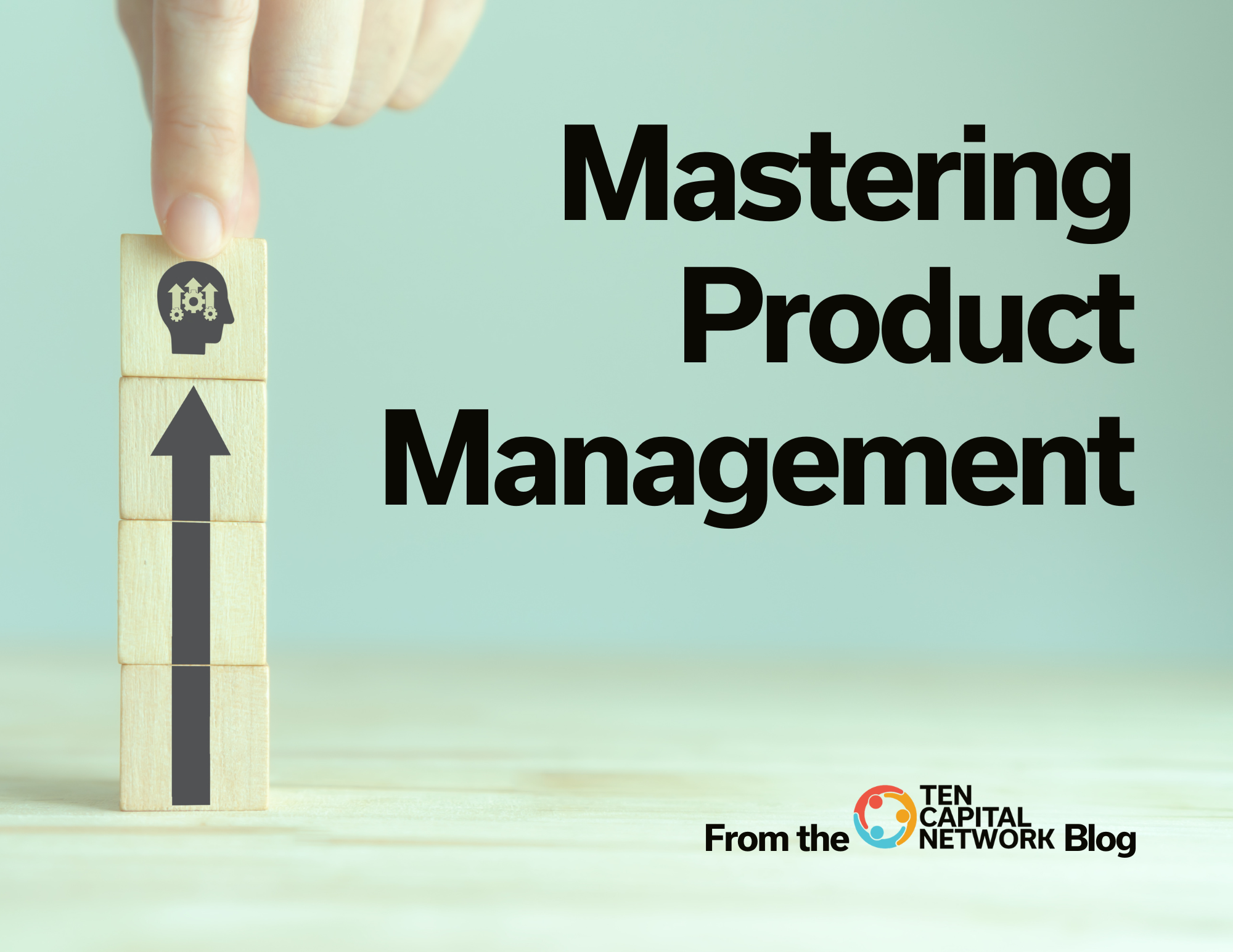5 min read Who Should You Put on Your Board of Directors?
The board of directors is a vital part of what makes a startup successful.
If you are in the early stage, using funding from family and friends can create an informal advisory board. Try to meet with them monthly, and keep the group limited to a maximum of three members.
After you launch your product and start raising funding from outside family and friends, create a formal board with three members- two members from the team and one investor.
As you grow into a Series A raise in which you seek institutional capital, you can consider increasing the board to five members- two from the team, two from the investors, and one from the independent industry.
The board will expand to include domain knowledge experts and investors who can help with growth issues.
As you start to scale and raise Series B funding, you can expand to seven members- two from the team, three from the investors, and two from the industry.
Later-stage investors gain a more significant portion of the board as they invest sizable sums of capital in the company and demand a board seat in exchange for their investment.
The Ideal Board Member
Board members are a crucial part of a growing startup. Building out the board is an essential step in setting up the company for success. Here are some characteristics of an ideal board member:
- Coming prepared to the meetings. They have read the material and done their research.
- Having an open dialog with the CEO and other board members outside of board meetings.
- Understanding the CEO and adjust their approach accordingly.
- Making efficient use of time with short and to-the-point questions and discussions.
- Prioritizing and focus on essential things.
- Encouraging others to participate and speak.
- Following up after the board meeting to make things happen.
- Having experience and steadiness in times of crisis.
Board Member Types
There are several types of board members, each contributing to the dynamics of your board.
Here are some of the types you may see in your board room:
- The Cheerleader- Always optimistic and sees the upside to every proposal or situation.
- The Pessimist- Always pessimistic and sees the backside of every proposal and situation.
- The Analyst- Always analyzing the situation and commenting on the implications.
- The Skeptic- Always questioning the data and the implications of proposed solutions.
A healthy mix of all the above is desired. For example, a board that is all cheerleaders leads to little scrutiny given to plans, whereas a board of pessimists will lead to no solution ever being good enough.
The Independent Board Member
You may want to consider adding independent members to your board of directors.
The independent board member may add value to your company by bringing domain knowledge and operating expertise. Look for someone who has run a company of similar size and industry in the not-too-distant past.
The independent often brings a new perspective to the company that can be helpful. Investors often look at independents as a sign of transparency, and in times of conflict, the independent can bring neutrality to the discussion to help resolve disputes.
However, you should double-check that they have adequate time to commit to the board work. It helps to choose someone who is close to the startup or where the meetings will be held.
The Board Observer?
In general, the board observer is just that- an observer. This is a member who listens to the discussion but doesn’t actively participate unless called on to join in.
The board observer attends your board meetings but does not have voting rights. They gain access to the board documents but don’t have a legal say in any decisions. They may even be asked to leave during discussions of a sensitive nature.
Some investors negotiate a board observer position as part of their investment to monitor the company’s progress. Angel investors, corporate VCs, and others will use this as a means of staying connected.
Read more from TEN Capital: https://www.startupfundingespresso.com/education/

Hall T. Martin is the founder and CEO of the TEN Capital Network. TEN Capital has been connecting startups with investors for over ten years. You can connect with Hall about fundraising, business growth, and emerging technologies via LinkedIn or email: hallmartin@tencapital.group





